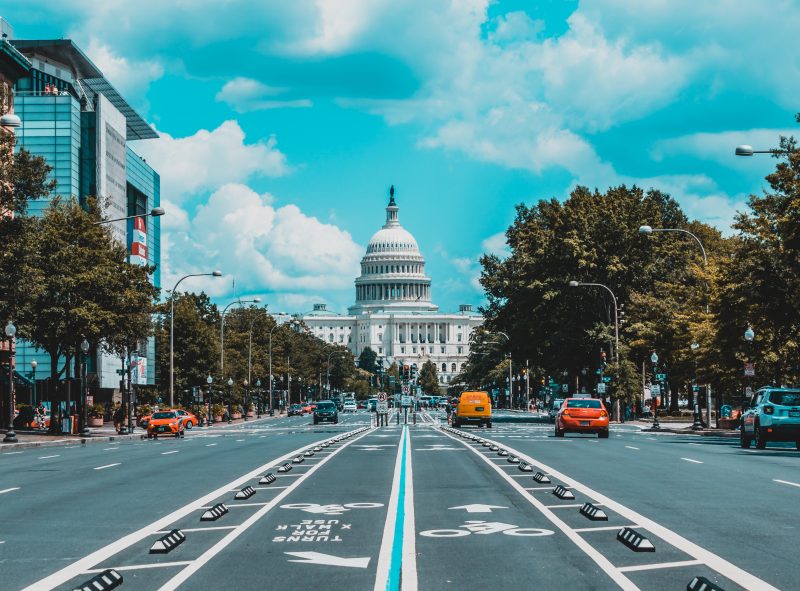Washington DC innovates environmental impact bonds

Every winter, Washington DC faces the same problem. Heavy rainstorms dump enough water to overwhelm the city’s antiquated sewage system, washing 2 billion gallons of polluted waste water into local rivers, damaging ecosystems and impacting people’s health. Completely rebuilding the entire sewer network would be far too expensive and disruptive, so town planners decided on another route: restoring and expanding local wetlands, increasing their ability to absorb rain and thus reduce the amount of water entering the system.
But financing such an innovative natural infrastructure project, especially in the context of public sector funding cutbacks, wasn’t easy – until the city decided to trial a new kind of investment vehicle, an Environmental Impact Bond (EIB).
This “pay-for-success” bond, the first of its kind in the US, raised $25 million for DC Water to invest in rain gardens, permeable pavement and wetlands landscaping designed to absorb and divert stormwater, purchased by Goldman Sachs and Calvert Impact Capital.
Importantly, the return on investment is determined by the success of the project: if stormwater runoff is reduced by less than 19%, investors pay DC Water $3 million — a “risk share” payment, meaning that DC Water pools the risks with private investors, and would receive money to design a new project if the green approach doesn’t work. Conversely, if runoff is cut by more than 41%, then DC Water pays a £3 million bonus to investors – meaning the project delivers better returns for Goldman Sachs the better it performs. A particularly effective programme would save DC Water millions in maintenance and damage costs, more than outweighing the $3 million payment.
Impact
This model means EIBs are uniquely well-suited for trialling innovative and untested infrastructure projects, which can struggle to secure adequate finance. City planners can finance projects that would normally be deemed too risky, while investors receive better returns for successful outcomes – incentivising both parties. Stringent monitoring is required to assess outcomes, meaning that both parties will have a wealth of data with which to assess future investments, no matter the outcome.
And though the success of DC’s wetlands scheme won’t be fully known until it is complete in 2021, more than a dozen other cities have already expressed interest in the bonds, including island restoration in Louisiana, natural flood defences in poor areas of Atlanta, and a third dealing with flood issues in Baltimore.
The market for such environmentally-responsible investments is growing rapidly. General green bonds grew to $95 billion in 2016, twice as much as the previous year, according to Bloomberg New Energy Finance. And now companies are getting involved, such as Apple’s $1.5 billion green bond to finance its transition to 100% renewable energy.
Sources
Goldman Sach’s factsheet
Harvard University impact assessment
Media articles on the DC EIB: Island Press, Insurance Journal, and Financial Planning Magazine
EDF article exploring impacts and background


